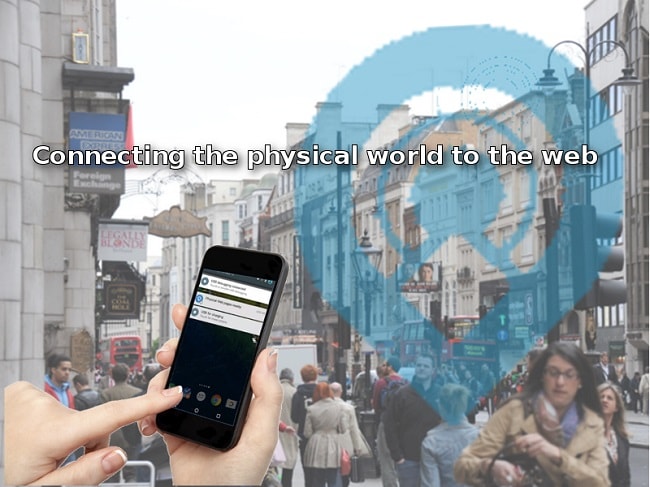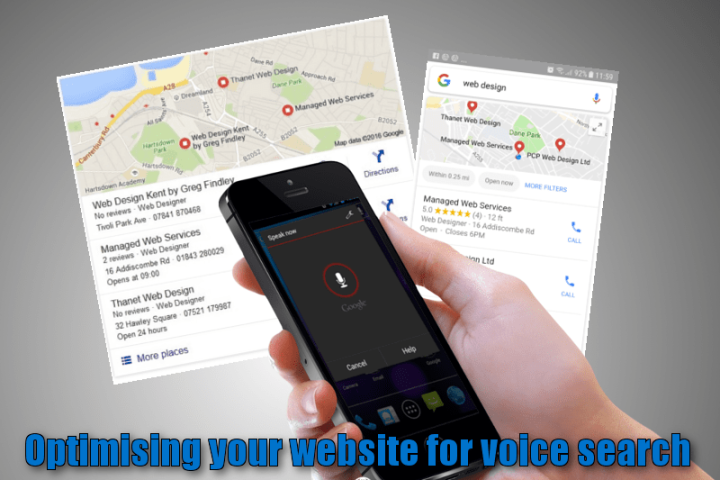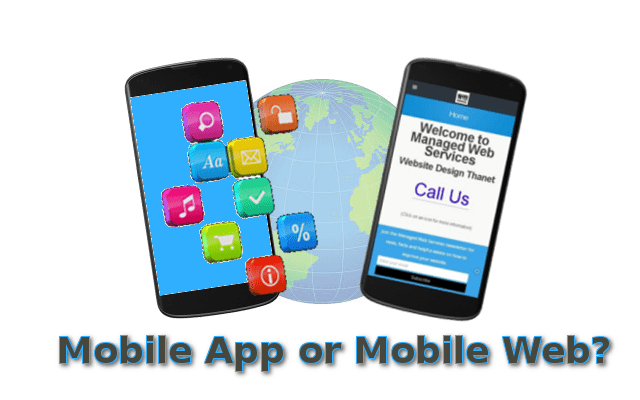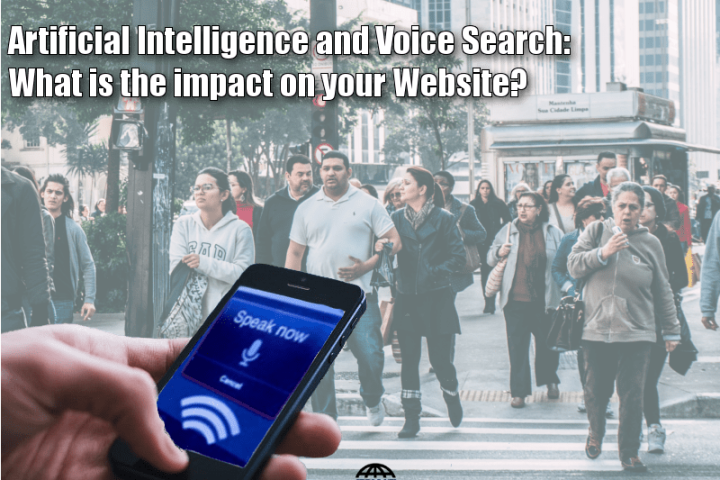What is the Physical Web?
There are lots of things you can do with your mobile phone if you have the right app. You can interact with the real world. You can order goods and services; book tickets, order a taxi, pay for parking etc. The possibilities seem endless. The problem is you not only have to know which services are available, but also use them at the appropriate time. The idea behind the physical web is that access to these services should be generated by your immediate environment, without the need for any special app. The web would no longer be confined to cyberspace but extend to the physical world around you. It is all about interaction on demand. You should be able to walk up to any smart device , such as a vending machine, a poster, a toy, a bus stop, a rental car and use it without having to download the appropriate app first.
How does the Physical Web Work?
The physical web is based on the adoption of, close range blue tooth beacons. Smart devices in the environment, such as parking meters, vending machines, etc will transmit a low energy beacon which can be received by your smartphone. The beacon will transmit at close range, say from 10m to 100m. The transmission consists of nothing more than an appropriate website url. If a user wants to check if any physical web services are available in their vicinity they simply open up a browser on their smartphone and ask it to check what is available. Support for Bluetooth physical Web beacons is being built directly into the browser, so there is no need to install a separate app. The physical web beacons will not be intrusive. Google is planning on integrating this technology onto their Android users’ devices, as unobtrusively as possible. All users will get is a small, top bar notification on their phones. No annoying vibrations, alarms or beeps that would simply cause people to disable the notifications. The notifications only become useful when users decide they want to explore the local area’s physical web. It works like this:
• The user requests a list of nearby physical web services.
• A ranked list of URLs is shown.
• The user picks one.
• The URL is opened in a full screen browser window.
Does the Physical Web replace Apps?
The physical web is based on proximity to a beacon so it is not designed to replace all apps. You will still need an app to access remote services. To turn up your central heating or record a TV program if you are not at home, for example.
Some Examples of Potential Physical Web Services
• A pet collar can let you call to find the owner
• A bus stop can tell when the next one is due, it’s route etc
• A parking meter can let you pay using your phone and the cloud
• A city rent-a-bike service could let you sign up on the spot
• A home appliance could offer an interactive tutorial
• Any shop, no matter what size, could provide an online experience as you enter
• Industrial equipment can provide diagnostics
Although Google is supporting the Physical Web, it is open source. Open source means that it uses an open standard which anyone can use, this should help generate more services.
Ranking Physical Web services
At first, the number of services will be small, however, if the service takes off then potentially users could be bombarded with services. To avoid this problem, Physical Web services will be ranked much like any search engine results page. The ranking will be determined by a number of factors including both signal strength and personal preferences and history.
Physical Web and Privacy/Security
By design the urls are broadcast so are available to everyone. Initially the beacons will be used in public places, so this shouldn’t be a problem. If beacons start to become used in the home security could become an issue. It would be possible for your neighbours to intercept a beacon. There are ways to make urls more secure:
• The URL could be obfuscated (e.g. using a non-branded domain)
• The web page could require a login
• A rotating token on the beacon would constantly change the URL
• The URL could reference an IP address that is only accessible when connected to a local network
Physical Web and SPAM
Search engines today cope very effectively in combating SPAM and displaying the correct web sites in search results. That same approach would apply to the Physical Web.
Can the Physical Web track users?
The URL broadcast method involves a bluetooth broadcast from individual beacons. The user’s phone gathers this information without connecting to the beacon. This ensures the user is invisible to all beacons. This means that a user can’t be tracked simply by walking past a broadcasting beacon. This was very much by design to keep users silent passage untrackable. However, once the user does click on a URL, they are then known to that website. The search engine on the phone may keep track of which devices the user taps on so they can improve the ranking in the future.
The Physical Web and iBeacon
Apple has its own proprietary version of the Physical Web known as iBeacon. Both systems are very similar except that the specifications for iBeacon although public are controlled by Apple. iBeacon has the march on Physical Web in that it is actually shipping as a product now. It is built into Apple’s mobile operating system (iOS). The other major difference seems to be the Alerts, Apple allows background notifications whereas Physical Web does not.




